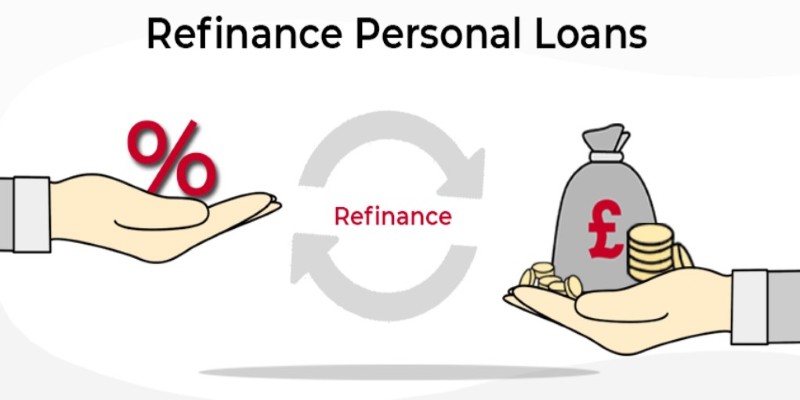Ever wonder what it is like to make some trades prior to the stock market opening? Premarket trading allows investors to trade based on the braking news, earning reports or global market changes even before the rest of the market awakens. How does it work and is it suitable to you? This guide will discuss the ins and outs premarket trading which includes what premarket trading is, the process of it, the advantages and hazards, and some tips on how to make the most of this strange time frame.
What Is Premarket Trading?

Premarket trading refers to the period of time before the regular trading session in the stock market begins. While the U.S. stock market traditionally operates from 9:30 AM to 4 PM Eastern Time, premarket trading typically runs from 4 AM to 9:30 AM Eastern Time, depending on the brokerage.
This extended trading window allows institutional and individual investors to react to late-breaking news, such as earnings reports, economic data, or geopolitical events. However, access to this period may be limited depending on the trading platform or broker you use.
How Does Premarket Trading Work?
Premarket trading works much like regular market hours trading but with some key differences. Here's a closer look at how it functions:
1. Order Types
During premarket trading, most brokers allow specific order types like limit orders. A limit order means you set the maximum price you're willing to pay to buy a stock or the minimum price at which you're willing to sell. This safeguards you from drastic price swings, which are common in the premarket session due to lower liquidity.
2. Lower Volume and Liquidity
Premarket trading involves fewer participants compared to regular hours. This results in lower trading volumes and liquidity, making it harder to execute large trades without affecting the stock price. Thin markets can also lead to wider bid-ask spreads, so prices may not reflect the "true" value of a stock.
3. Electronic Marketplaces
Unlike regular hours, where trades are executed on major exchanges like the NYSE or NASDAQ, premarket trades are conducted primarily through electronic communication networks (ECNs). ECNs enable buyers and sellers to connect directly, without the need for a middleman.
Why Do Investors Use Premarket Trading?
Premarket trading isn’t just for institutions or Wall Street pros. Here’s why both professional and retail investors turn to this early trading session:
1. Reacting to News
News doesn’t follow the stock market clock. Earnings reports, global developments, and economic releases often occur after the market closes or before it opens. Premarket trading allows you to act on this information quickly, potentially positioning yourself ahead of the market's official response.
2. Early Momentum
Early birds in premarket trading can take advantage of movements driven by overnight news. For example, a positive earnings report released premarket could lead to a noticeable spike in stock prices, offering a chance to capitalize before the day officially begins.
3. Portfolio Management
For investors keeping a close eye on their portfolio, premarket trading provides a tool to make adjustments based on newly released information before regular trading resumes.
Risks and Challenges of Premarket Trading
While premarket trading offers unique opportunities, it’s not without its risks. Here are the main challenges to be aware of before jumping in:
1. High Volatility
The premarket can be highly volatile due to low trading volume and limited participation. Even small trades can lead to significant price swings, which can work against your predicted outcomes.
2. Limited Liquidity
Lower trading volume means fewer buyers and sellers, making it harder to execute trades smoothly. This can result in orders not being filled, or being filled only partially, even if prices move in your favor.
3. Less Transparent Pricing
Since premarket prices are determined by ECNs rather than major exchanges, they may not accurately reflect a stock's true supply and demand. Prices tend to stabilize only once regular trading begins.
4. Broker Restrictions
Not all brokers allow access to premarket trading, and some offer limited hours or charge higher commissions during premarket sessions. Make sure to understand your broker's policies before trading outside normal hours.
How to Get Started with Premarket Trading
If you’re interested in exploring premarket trading, here are some actionable tips to get started:
- Choose the Right Brokerage: Select a brokerage that supports premarket trading and provides access to ECNs. Confirm the premarket hours they offer, as these can vary across platforms.
- Use Limit Orders: Market orders are risky in premarket sessions due to volatility. Stick to limit orders to ensure you trade at a price you’re comfortable with.
- Stay Updated on News: Premarket activity is often driven by breaking news. Keep an eye on earnings reports, economic data releases, and global market trends, as these can all influence stock prices during this period.
- Start Small: If you’re new to premarket trading, begin with small trades to mitigate risk. This gives you an opportunity to learn how the market behaves without significant financial exposure.
- Evaluate Your Trades: Once the regular market opens, monitor how your premarket trades perform in the broader trading environment. Use this data to refine your premarket strategy over time.
Is Premarket Trading Right for You?

Premarket trading can offer unique opportunities for experienced traders and those looking to expand their portfolio. However, it also carries significant risks and requires a strong understanding of market dynamics.
Before diving into premarket trading, carefully consider your financial goals, risk tolerance, and availability to actively monitor the market during early hours. Additionally, research and education are essential in developing a successful premarket strategy.
If you’re new to trading or have a low-risk tolerance, it may be best to stick with traditional trading hours. However, if you’re an experienced trader looking to capitalize on potential market fluctuations or have a high-risk tolerance, premarket trading may be worth exploring further.
Final Thoughts
Understanding premarket trading opens a new layer of opportunities for investors. Whether you're looking to react to breaking news or tweak your portfolio before traditional hours, knowing how premarket trading works is essential for proactive trading. If you’re ready to expand your investing toolkit, give premarket trading a try—but remember to use limit orders and do your research.












